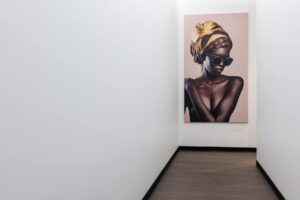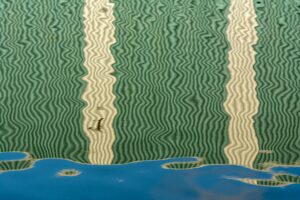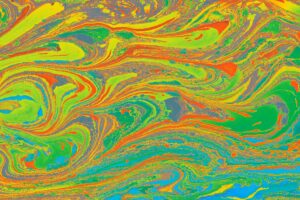As conceptions surrounding mind-altering substances shift towards greater acceptance, researchers and cultural commentators alike are increasingly examining the potential links between psychedelics and various aspects of human functionality. Specifically, one line of contemplation is convincingly making the case for the correlation between psychedelics and creativity. At the heart of this fascinating intersection lie questions relating to inspiration, artistic expression and the very nature of the human imagination.
Historically, humans have had rich and varied relationships with psychedelics. For millennia, shamans and spiritual leaders alike have utilised these substances as gateways to transcending typical realms of human perception, crafting unique spiritual narratives in the process. However, what of the artistic narratives propelled forwards by these potent substances?
In order to analyse this connection, one must first appreciate how loosely we define creativity. At its core, creativity represents the ability to construe new ideas and make novel connections, often resulting in enhanced perception – a trait commonly associated with psychedelic use. These substances are known to elicit profound experiences, opening the doors of perception and enabling a unique sensory blend that manifests in highly individualistic creative outputs.
Documentation of this connection dates back to the mid-20th century, where artists and writers commenced experiments with LSD. Resultant works were bold, multi-dimensional and often served as portals to their innermost thoughts, reflecting their psychedelic-induced flow states.
In recent years, neuroscientific studies have backed up these anecdotal reports with solid data. James Fadiman’s study on the impact of psychedelics on problem-solving demonstrated that these substances can foster a breakthrough in linear thinking patterns. Similarly, studies published in peer-reviewed journals speak to the positive influence of psychedelics on imagination and artistic process.
Despite the evidence stacked in favour of a relationship between psychedelics and creativity, the connection is anything but linear. Not every user of these substances unlocks their hidden creativity or enters an artistic breakthrough. Where one individual might perceive profound correlations and alignments, another might experience discomfort and disconnection. This inconsistency perhaps underscores the highly personalised and abstract nature of both creativity and the psychedelic experience.
Nonetheless, the sphere of influence that psychedelics can have on the creative process is tangible. Artists, writers, and musicians credit their use of substances like LSD and psilocybin as inspirational catalysts, transforming their work by enhancing their perceptual abilities and allowing them to tap into subconscious realms.
Even within the scientific realm, psychedelics have been revered as powerful tools for brainstorming and problem-solving. Prominent scientists like Francis Crick, co-discoverer of the DNA double helix, credited their scientific eureka moments to their use of these substances.
However, it is essential to acknowledge the potential risks associated with the use of mind-altering substances and to stress the importance of safe, responsible, and intentional usage. While psychedelics can, under the right circumstances, enhance artistic expression and problem-solving abilities, they are not a miraculous key to unlock boundless creativity. The world is filled with countless examples of individuals who have achieved remarkable creative heights without ever having consumed a single psychedelic substance.
In short, while psychedelics can undeniably alter perceptions and, in turn, possibly enhance creativity, they represent only one menu item in the buffet of elements that can nourish and inspire the imagination. Whether these substances genuinely act as creative catalysts or simply allow for more uninhibited expression remains a topic worthy of continued exploration.
In the end, their ultimate merit might rest upon their potential to persuade us to question the inherent boundaries of our intellect and re-evaluate the infinite potentials of the human mind. After all, isn’t the act of pushing boundaries at the very heart of the creative process itself?




